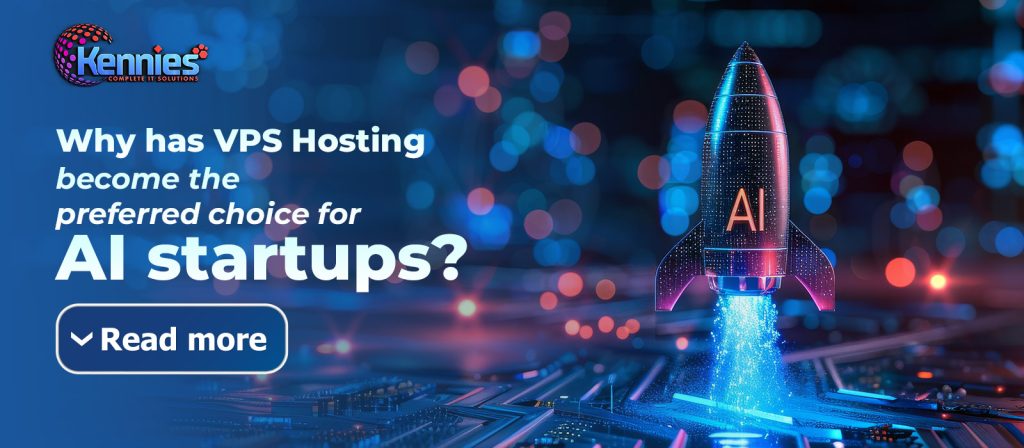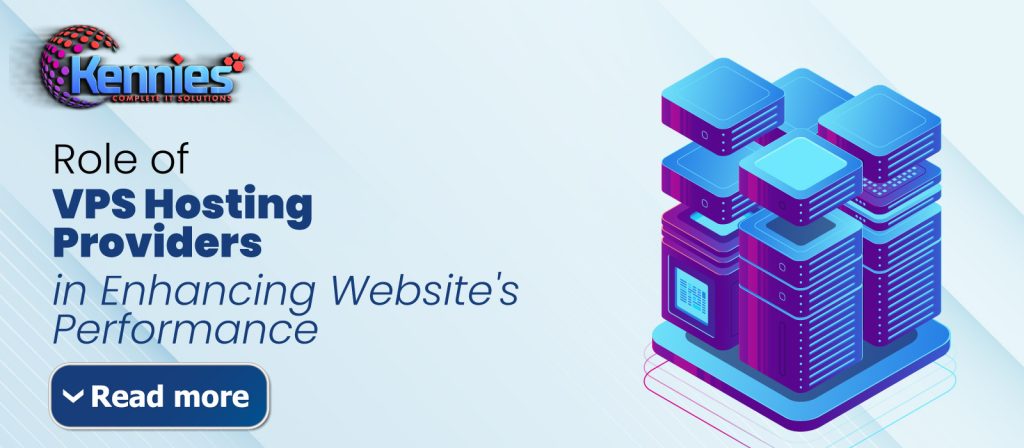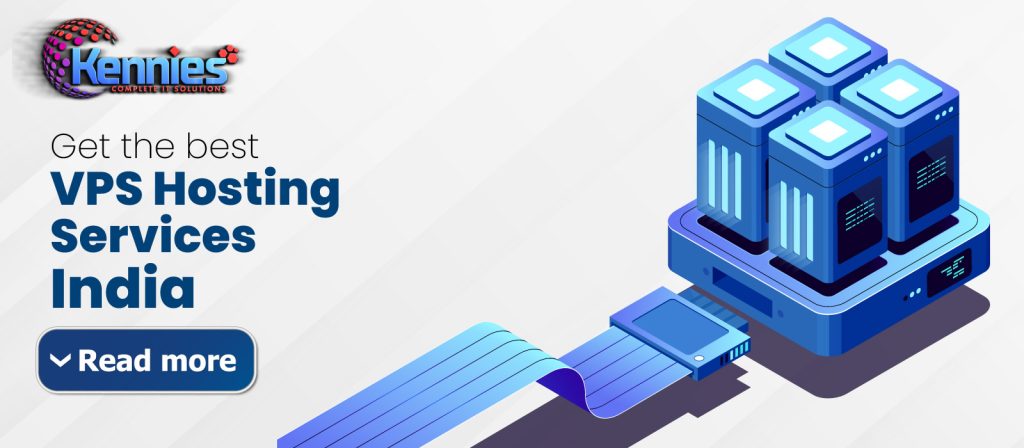
Virtual Private Server hosting has completely evolved the way websites are built and hosted as it bridges the gap between shared hosting and dedicated hosting. Initially, VPS hosting emerged as a solution to offer greater control and flexibility than shared hosting while remaining more affordable than dedicated servers. Early VPS systems used traditional virtualization technologies and various virtual servers ran on one physical server. Each virtual server had its own operating system and resources, providing users with improved performance and customization options over shared hosting environments.
With the advancement in technology, VPS hosting evolution with the advent of containerization. Containers operate in the same manner as virtual machines but without an operating system. This approach is leaner, consumes fewer resources and is faster to deploy than full fully-fledged virtual machines and hence can be scaled better and with comparatively fewer overheads. Containers have greatly improved the Virtual Private System hosting by increasing its versatility and efficiency hence it is preferred by developers and organizations.
VPS hosting still evolves with advancing trends such as serverless computing and edge computing. Serverless computing provides a way for the developers to run codes within the context of some events without the responsibility of managing the servers, which will scale automatically and be cost-effective. This trend works in conjunction with VPS hosting by offering a means through which particular tasks or loads can be managed in a much more flexible manner. On the other hand, edge computing deals with data nearer to the origin, and hence it provides real-time results for complicated applications that require applications that have low latency value. As edge computing expands, it is realized that VPS service providers are exploring and searching for such opportunities to meet diverse requirements.
This article explores the evolution of VPS hosting from its early genesis ranging from virtualization to modern developments like containerization, serverless computing, and edge computing, highlighting how these advancements continue to shape the future of digital infrastructure.
The Beginnings: The Concept of Virtualization
Virtualization refers to the process of creating multiple simulated environments from a single physical hardware system. The implementation has been in existence since the early 1960s with IBM time-sharing systems. However, during the late 1990s and the early 2000s, virtualization significantly impacted hosting services. The traditional methods of virtualization aimed at providing efficient use of resources and the fact that several virtual platforms could run on one physical server.
Emergence of VPS Hosting
In the early 2000s, VPS hosting came into existence as a way of providing the client with an experience of dedicated hosting at a cheaper cost. VPS hosting implements a physical server into multiple virtual servers through virtualization technology. Every virtual server runs its own OS, resources, and setups providing users complete control and site isolation over the server as compared to the shared hosting.
Early VPS solutions relied on hardware-based virtualization, where each virtual server ran a separate operating system instance. It made security and resources well-managed but called for a lot of investment in hardware and infrastructure.
Advancements in Hypervisor-Based Virtualization
The Role of Hypervisors
The subsequent development of VPS hosting was hypervisor-based virtualization. Hypervisors or VM Monitors are software layers that oversee virtual machines on the physical servers. There are two main types of hypervisors:
- Type 1 Hypervisor (Bare-Metal): Such hypervisors are executed on physical hardware without needing an operating system. Some of the OS hypervisors include ESXi, Microsoft Hyper-V, and Xen. Type 1 hypervisors are highly performing, and are applied to governmental and large enterprises.
- Type 2 Hypervisors (Hosted): These hypervisors are installed on top of a host operating system and are responsible for managing virtual machines in the said operating system. Some of the hosted hypervisors include VMware, Workstation, and Oracle Virtual Box. The Type 2 hypervisors are typically applied for development and testing purposes.
The Rise of Containers
Containers vs. Virtual Machines
Although hypervisor-based virtualization had brought significant advantages with it, still it had its limitations. Virtual machines include an entire operating system, which can lead to higher resource consumption and slower startup times. Containers are lighter than virtual machines as instead of virtualizing the operating system they virtualize hardware.
Containers share the host OS kernel while maintaining isolation between applications. This approach cuts unnecessary overheads, enhances the latency when launching the instance, and is denser than the VMs. Containers also make application deployment easy since an application together with all its dependencies is bundled in one container.
The Impact of Docker
The launch of Docker in the year 2013 changed the landscape of the functionality of containers. Docker came up with a simple and effective solution for creating, deploying, and managing containers which made it highly popular among developers and system administrators. Docker further optimized the process of containerization while ensuring that there were no sharp disparities between the different levels of a development and deployment life cycle, fostering collaboration and reducing the bottlenecks during the deployment process.
Thus, Docker’s success started a trend in containerization, transforming the way applications are built and deployed. Containers could be regarded as a vital element for the development of microservices architecture and distributed applications.
The Need for Orchestration: Managing Complexity
With the increase in the use of the containers, came challenges of managing the many containers that were being used. Unfortunately, as the use of containers grew such aspects as the deployment, scaling and management of containerized applications became complex and demanding. Thus, container orchestration platforms like Kubernetes were created to help overcome such challenges.
Kubernetes: Leading the Way
Kubernetes, an open-source container orchestration platform initially developed by Google and became the industry standard for managing containerized applications. Kubernetes automates the deployment, scaling, and operation of containers across clusters of machines. Its features include:
- Automated Scaling: Kubernetes has native built-in features that allow a dynamic scaling of the running containers depending on resource loads.
- Load Balancing: Kubernetes manages the traffic flow across containers to make them highly available and reliable.
- Self-Healing: Kubernetes checks for container failure and replaces them to ensure that the application is up and strong.
Emerging Trends: Serverless Computing and Edge Computing
Serverless Computing
Serverless computing is another form of hosting. It allows developers to create and deploy applications without managing the underlying infrastructure. Instead of providing a server or container, developers write code that runs in response to events. There are several benefits associated with serverless computing which include automatic scaling as these platforms can scale the applications based on the dynamic demand landscape. Moreover, these come with the Pay-as-You-Go Pricing model under which the user gets billed for actual execution time only. Apart from this, it allows the users to focus on the codes entirely as it generally does away with the need to manage the infrastructure.
Edge Computing
Edge computing works in conjunction with traditional VPS hosting and containerization since it performs computations near the data’s origin such as IoT devices or edge servers. It comes with its own advantages such as a reduction in latency given the processing of data near to the origin. Furthermore, by filtering and processing data locally before sending them to the main servers, edge computing remains useful in enhancing the bandwidth. Also, edge computing improves reliability since applications on the network will remain active even if they are disconnected from the main data centers.
Conclusion
All in all, the evolution from the simple concept of VPS hosting to containers followed by serverless computing and edge computing defines the progressive change in web architecture. While virtualization created the basis for individual and elastic hosting paradigms, containerization came to address the problems of managing resources and optimizing the deployment process. Container orchestration, specifically through Kubernetes revolutionized the scalability and operation of complex applications.
In the future, VPS hosting will also continue to adopt advanced technologies to tackle the increasing requirements. Serverless computing is a highly effective approach to constructing applications that run in response to events and do not entail overhead. On the other hand, edge computing remains to be a revolutionary tool in the processing and transmission of data while sharpening the overall performance for interactive use.
Upon convergence of these trends, the future of VPS hosting seems to achieving new heights of integration between containers, serverless computing, and edge solutions. This integration will fuel more agile, scalable, and cost-effective hosting solutions that will enable developers and businesses to address the growing complex digital environment with higher flexibility and productivity.










